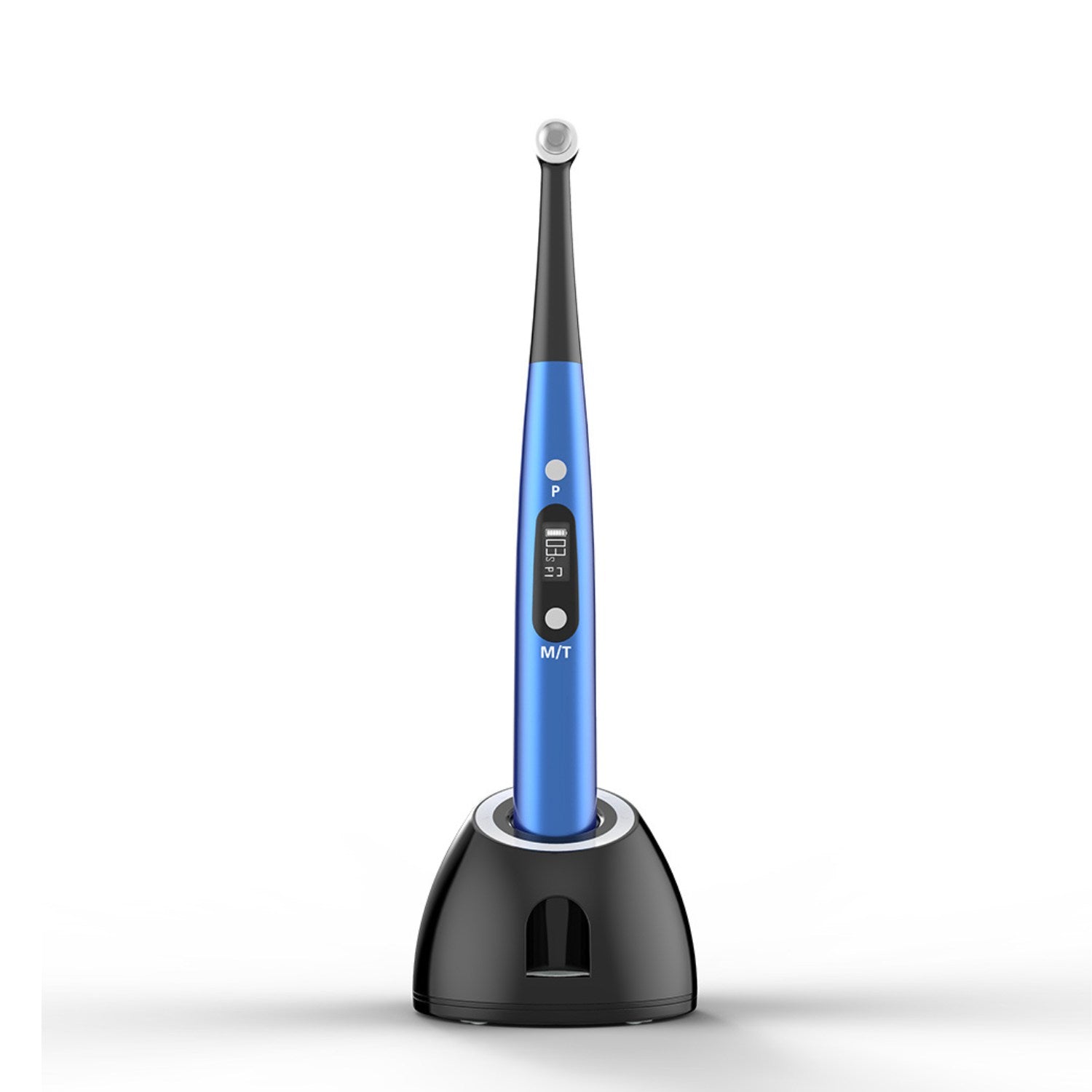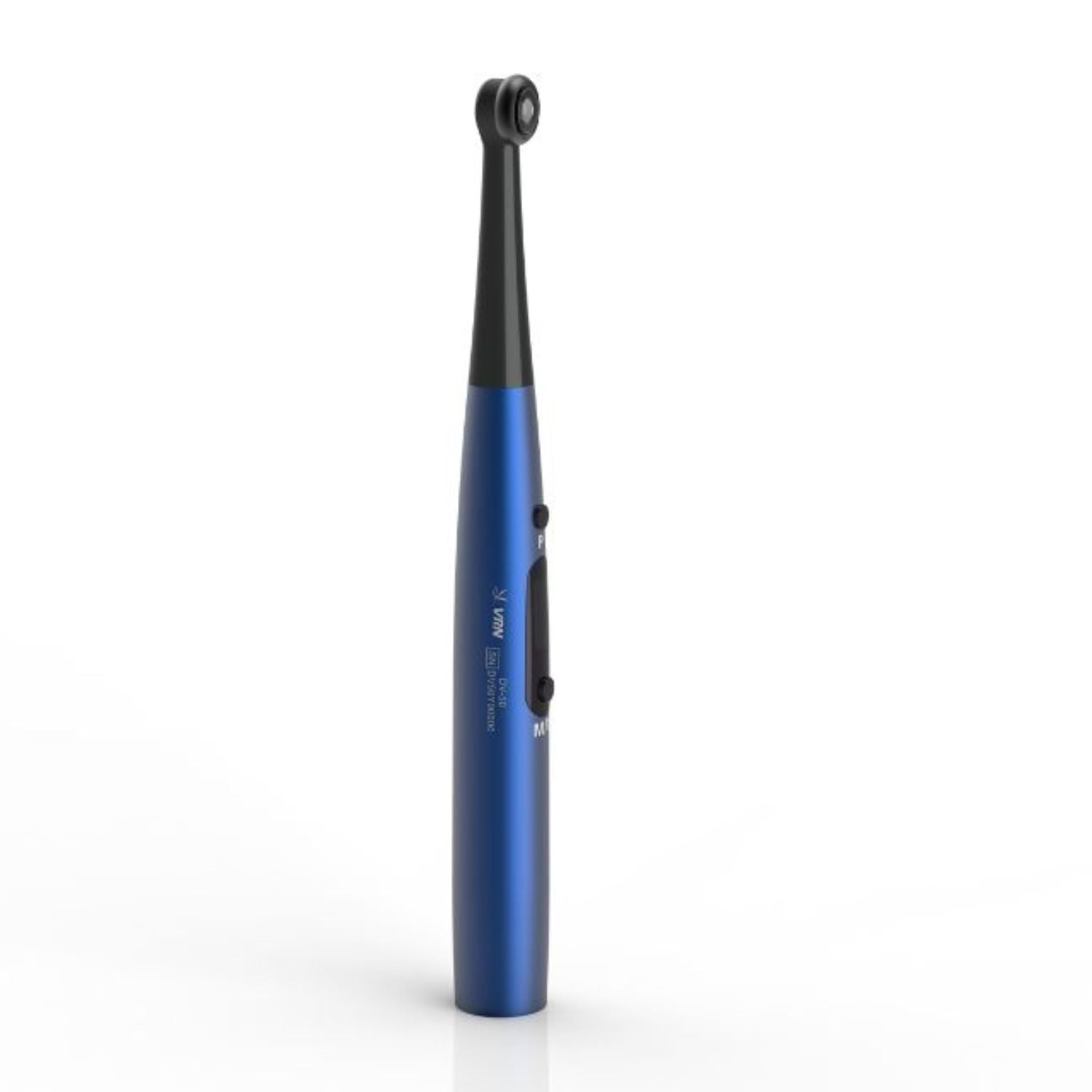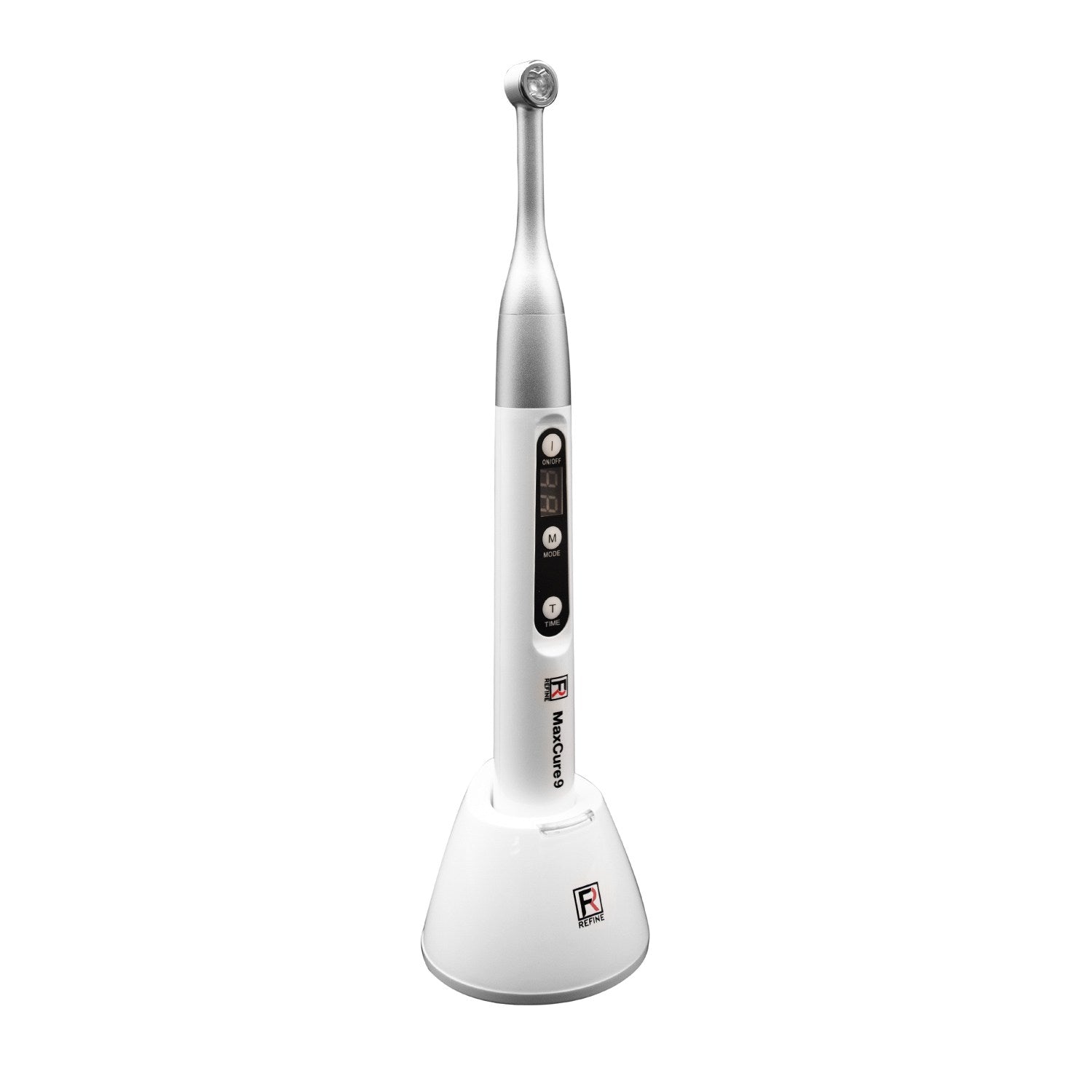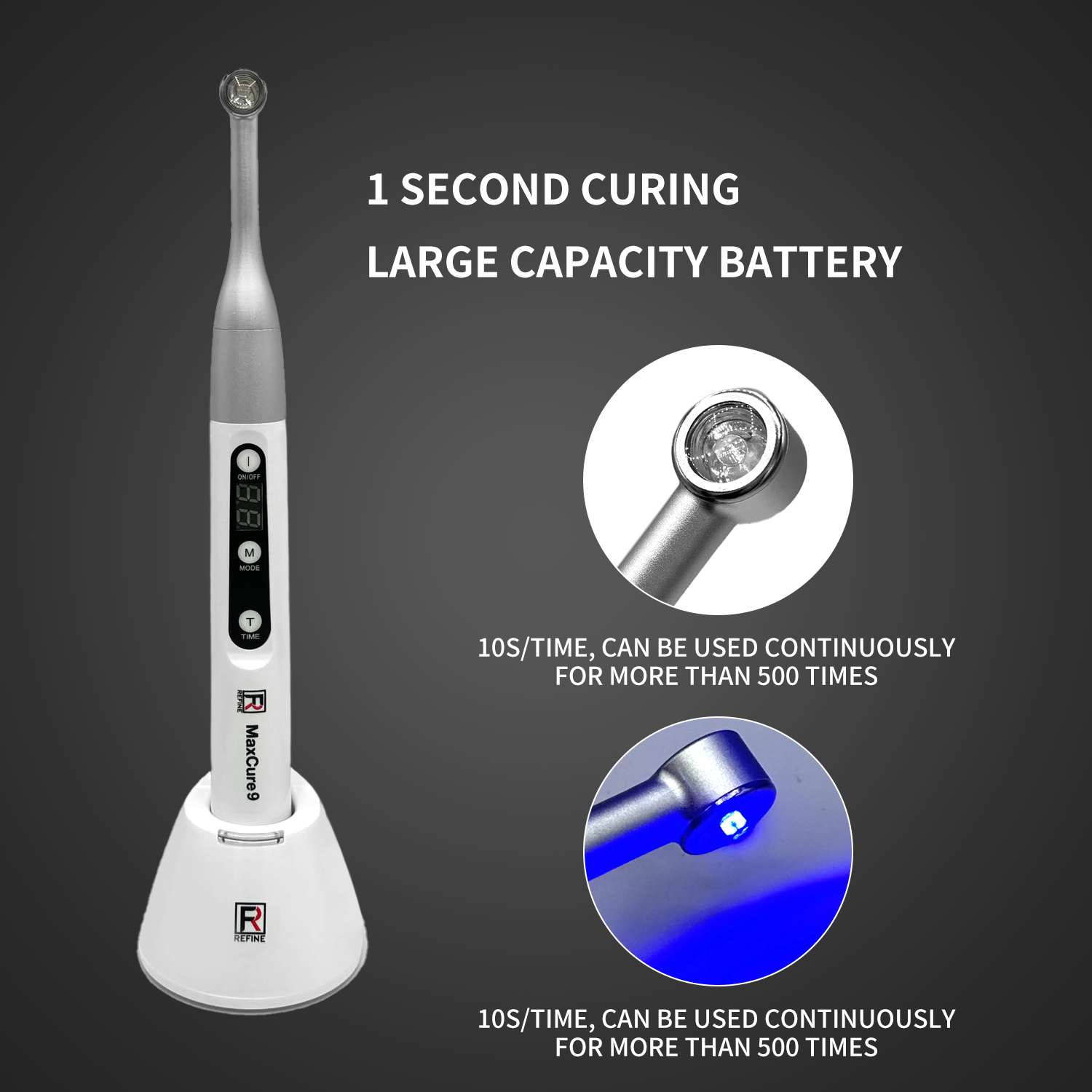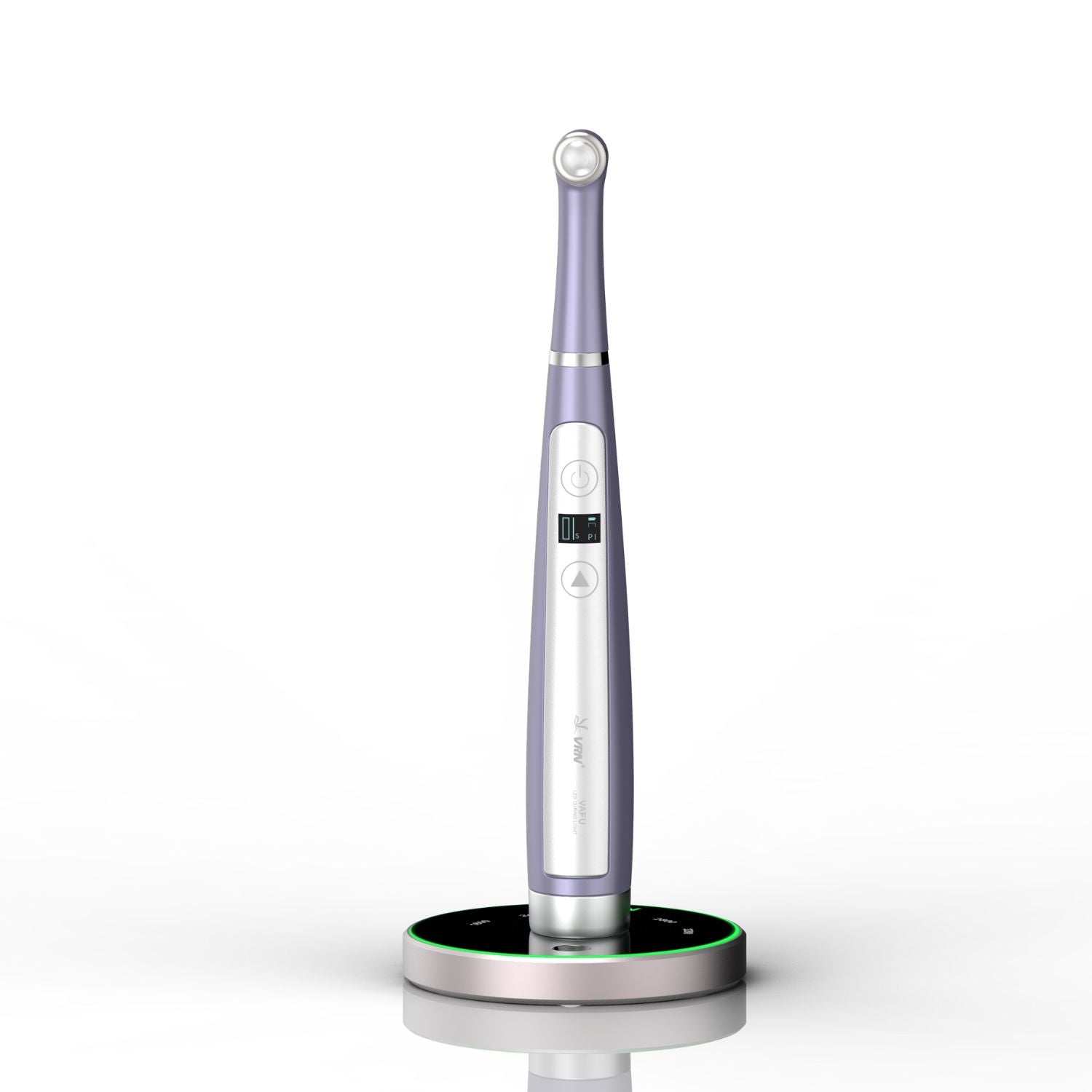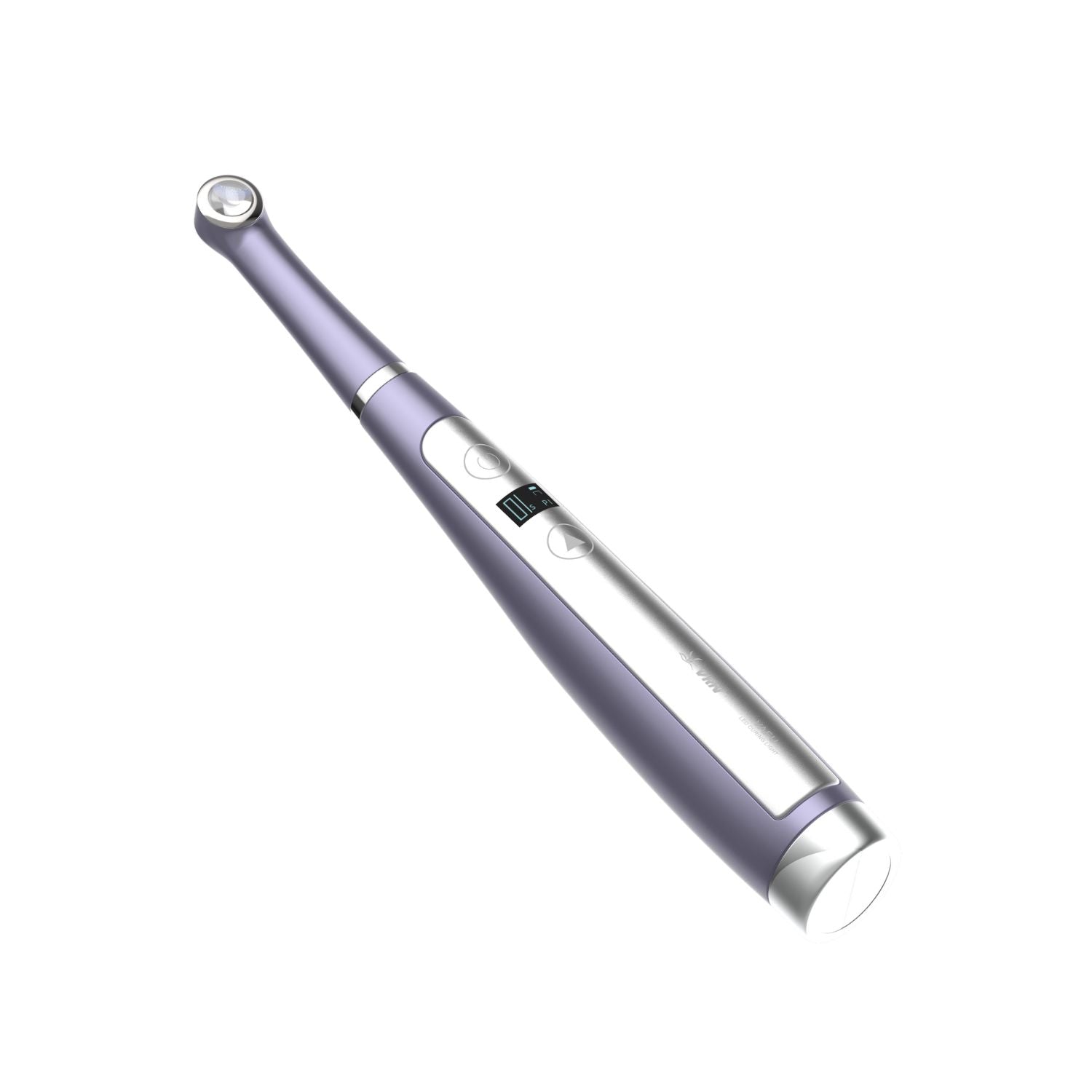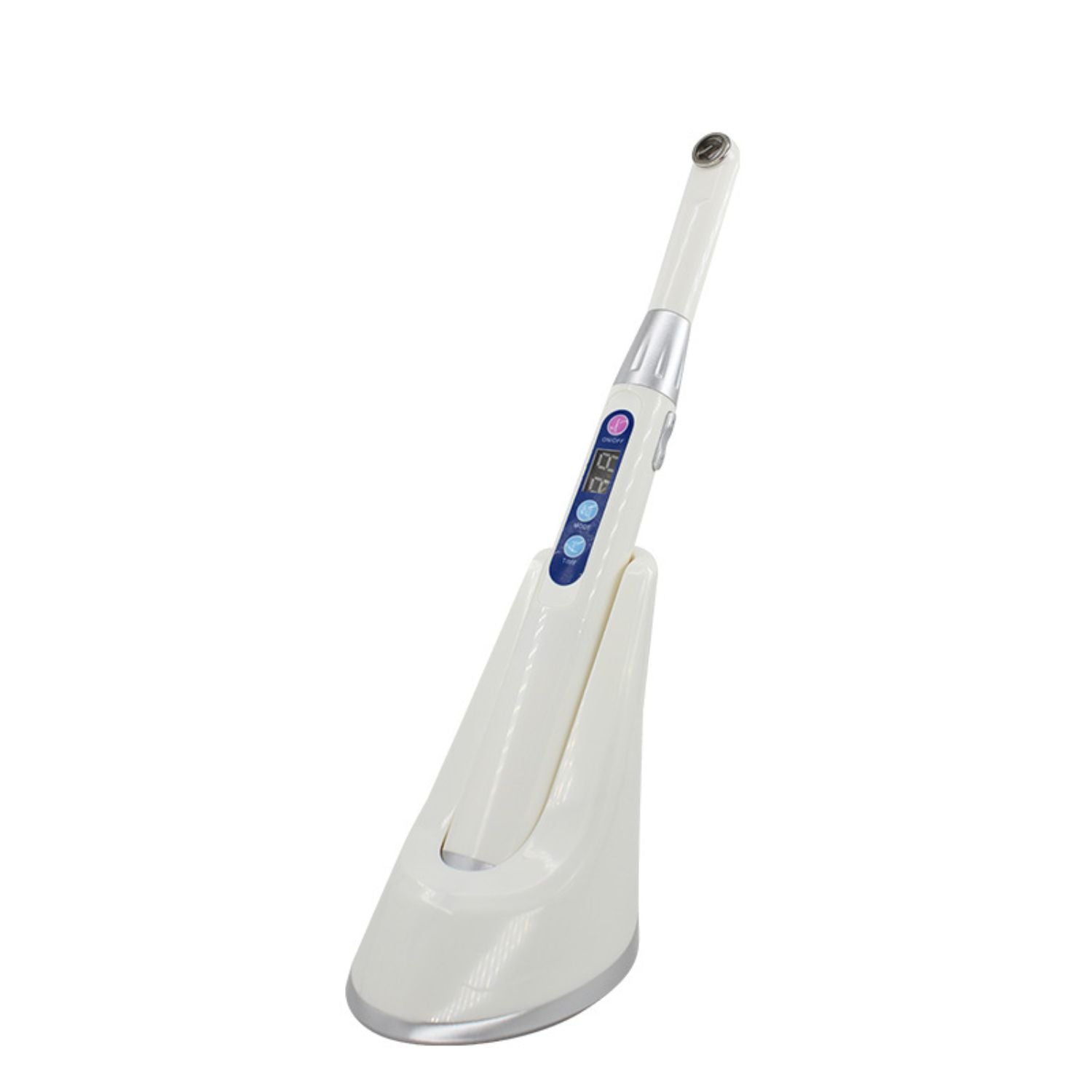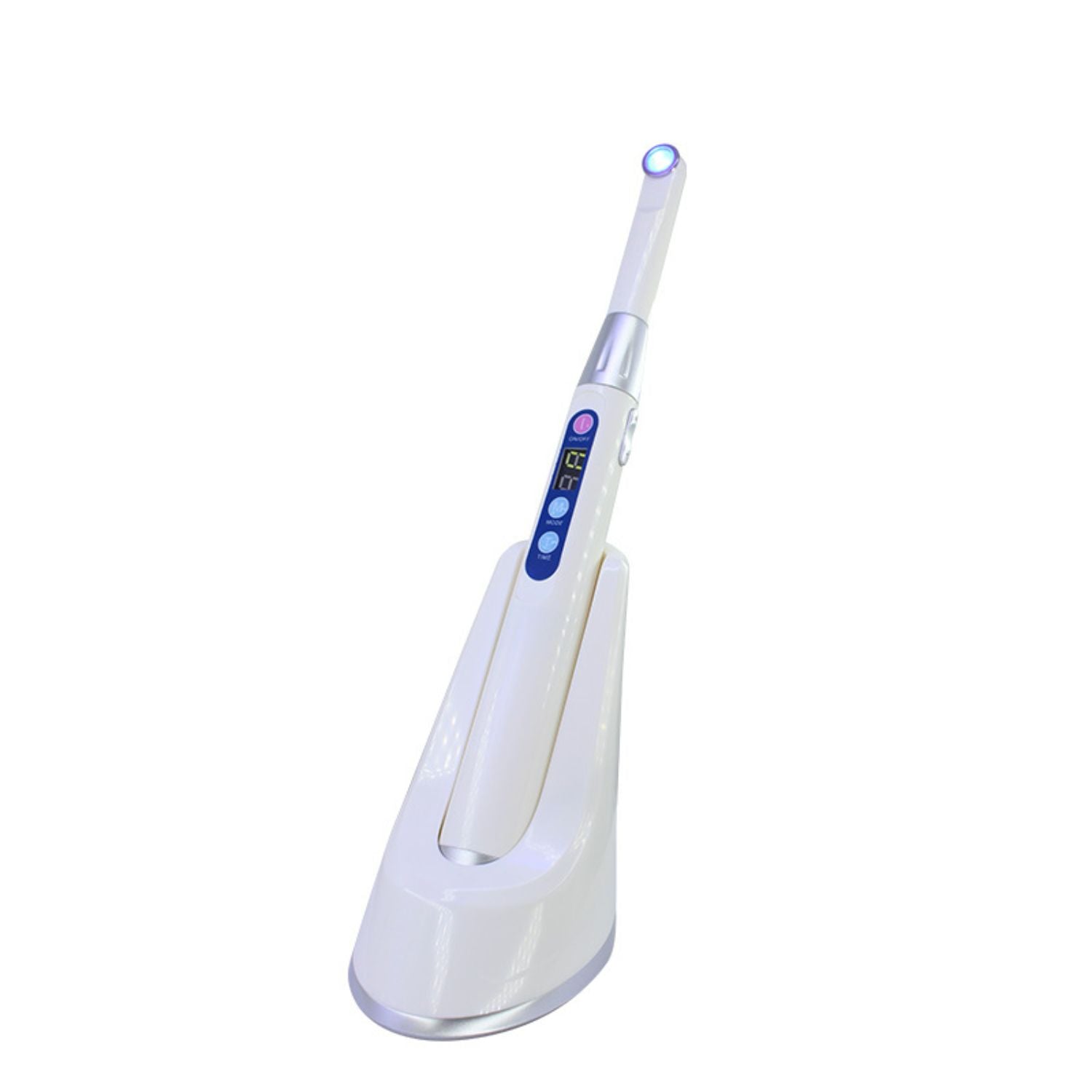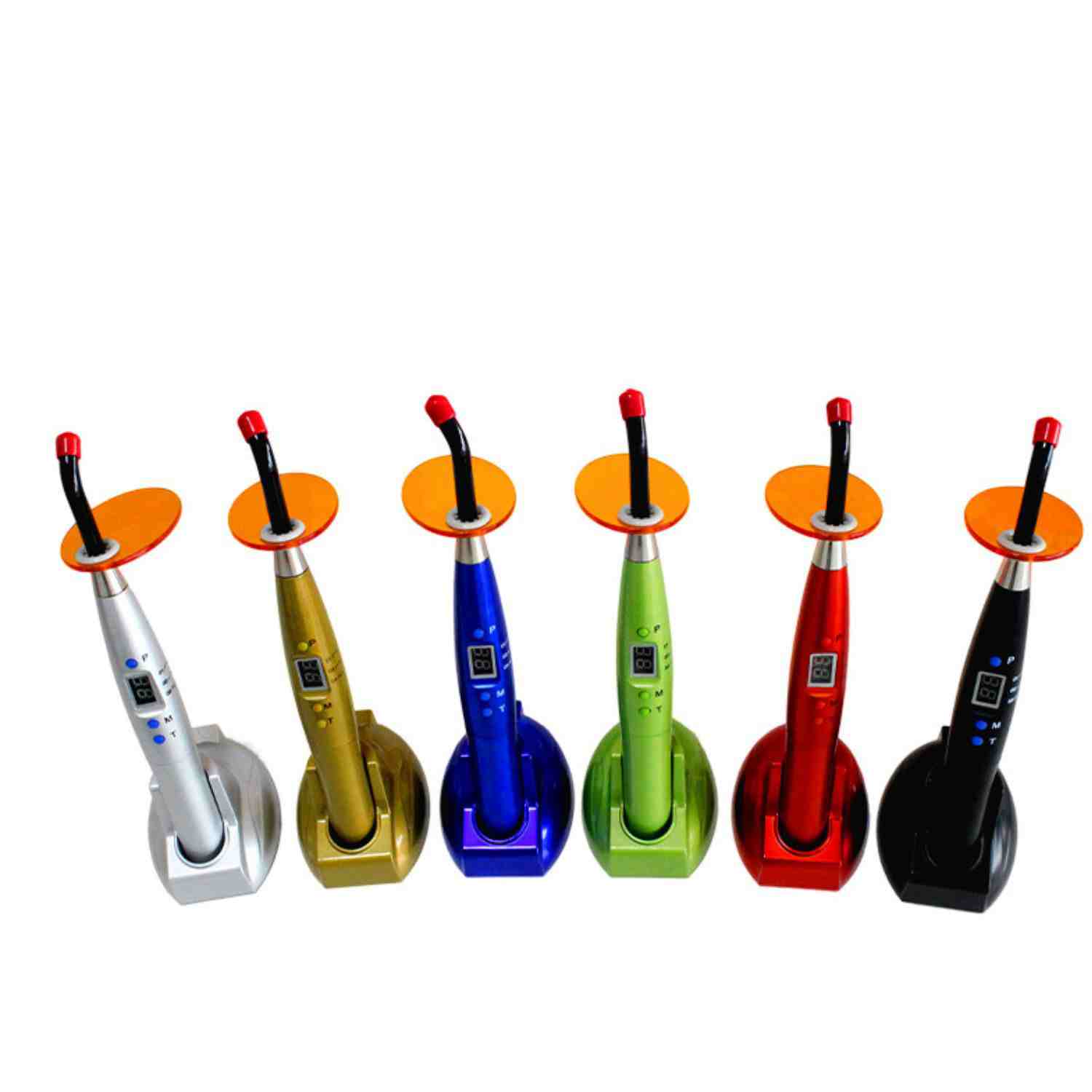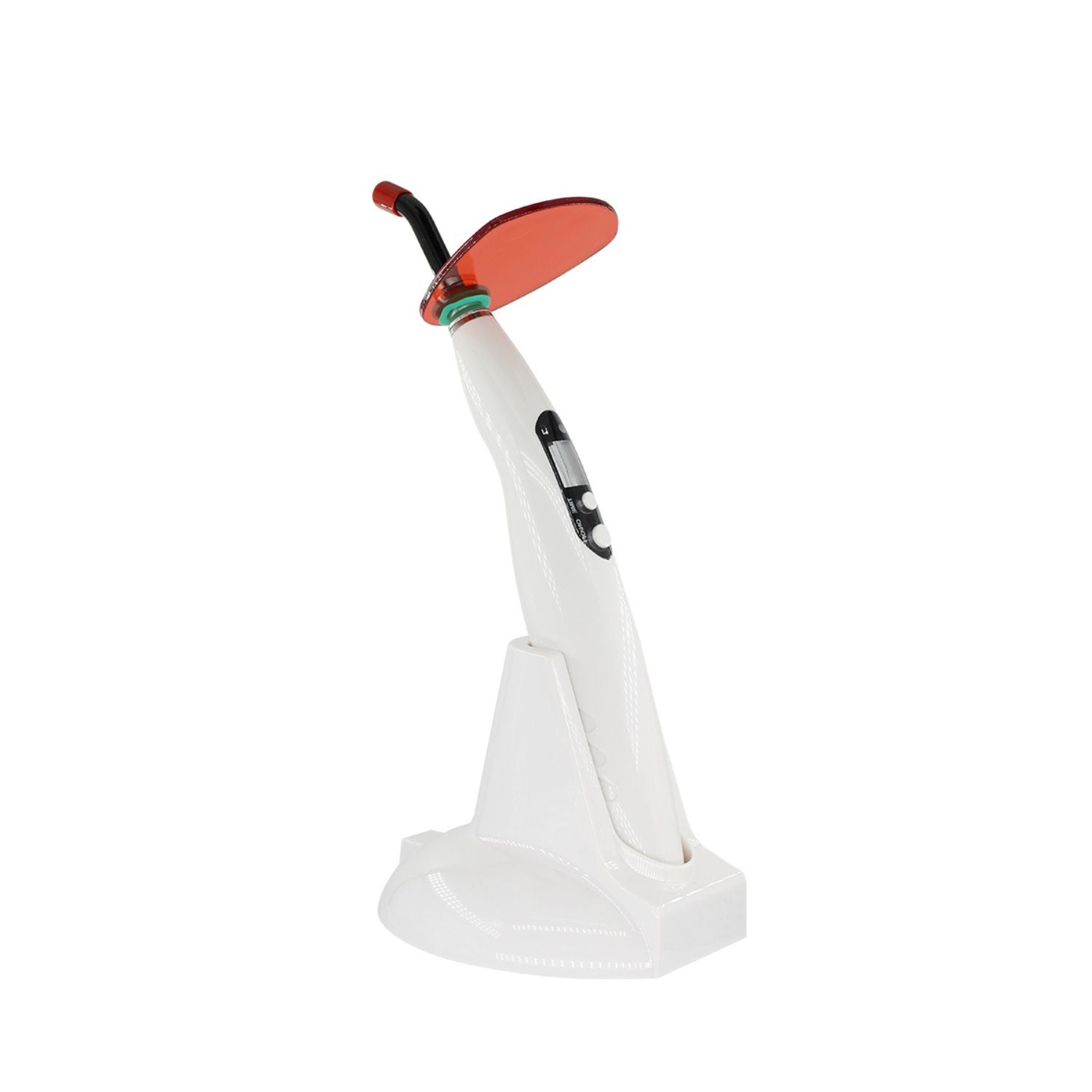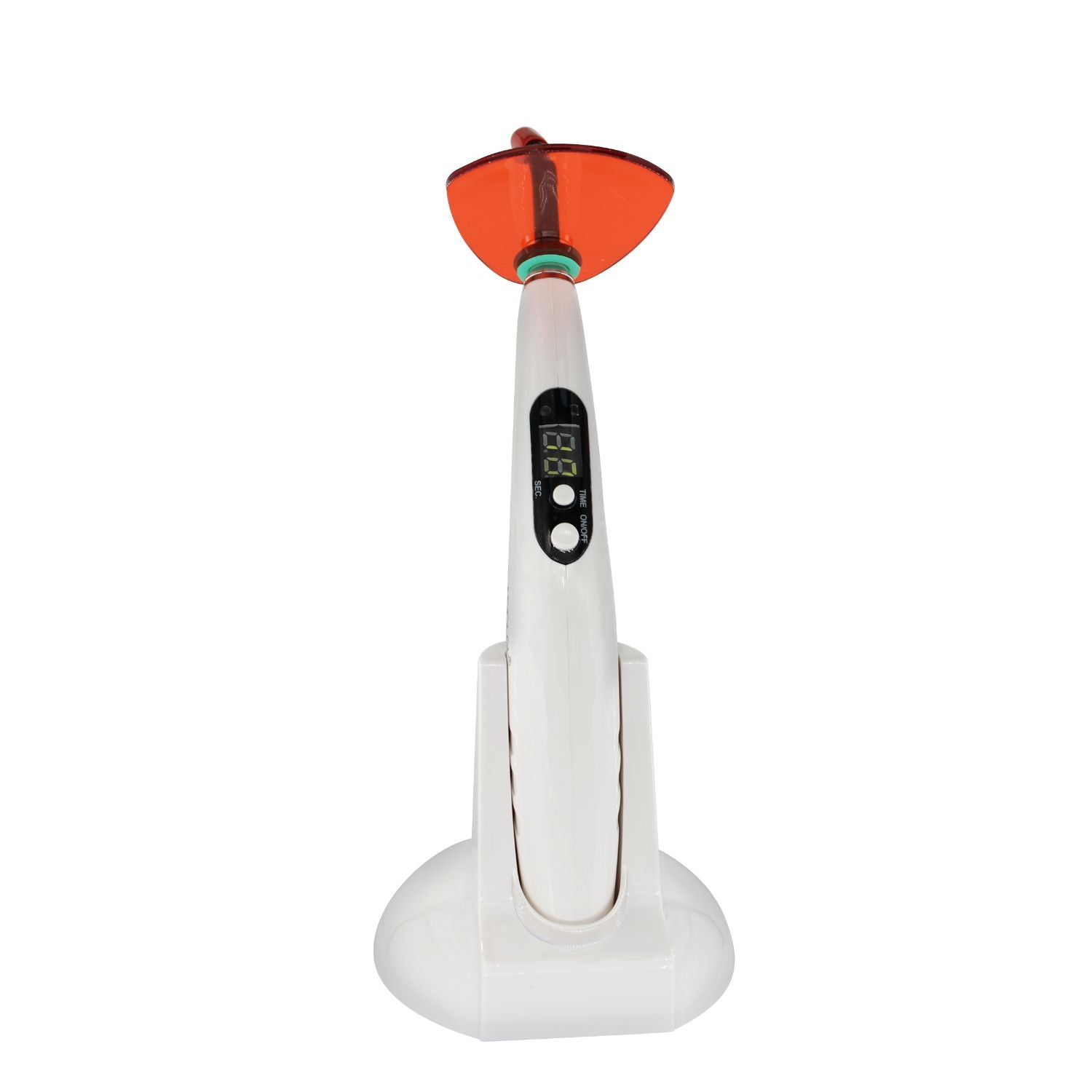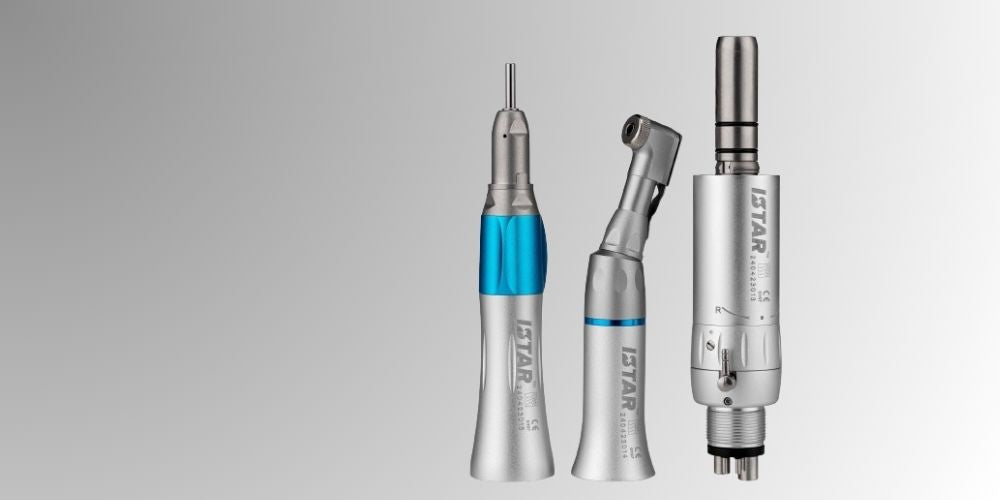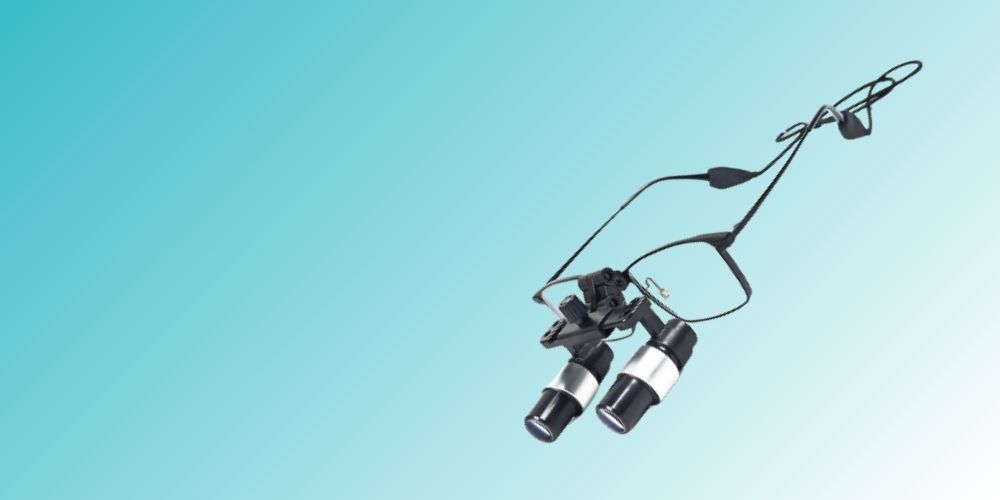
Istar Dental Supply
Istar's led curing lights are designed to meet the highest standards of quality and performance, ensuring that you can provide the best care to your patients.
Key Features

Superior Performance and Fast Curing
Istar's dental LED light curing lamps feature the latest technology, providing fast and efficient curing of dental materials. This ensures shorter treatment times and enhanced productivity in your practice. Compared to other products on the market, our lamps offer superior energy output and uniform light distribution, guaranteeing optimal results with every use.

Competitive Pricing
We understand the importance of cost-efficiency in running a successful dental practice. That’s why we offer our high-quality LED light curing devices at competitive prices. Our pricing strategy ensures that you receive the best value for your investment, allowing you to equip your practice with top-tier technology without compromising on budget.

International Certifications
Our LED light curing machines are rigorously tested and have received international certifications, including FDA and CE. These certifications attest to the safety, reliability, and effectiveness of our dental LED light curing lamps, providing you with peace of mind and confidence in the quality of the tools you use daily.

Comprehensive After-Sales Service
We pride ourselves on offering exceptional after-sales service. Our dedicated support team is always ready to assist you with any technical issues or inquiries you may have. We provide comprehensive technical support and service guarantees, ensuring that your led light curing unit remains in optimal condition and that any concerns are promptly addressed.
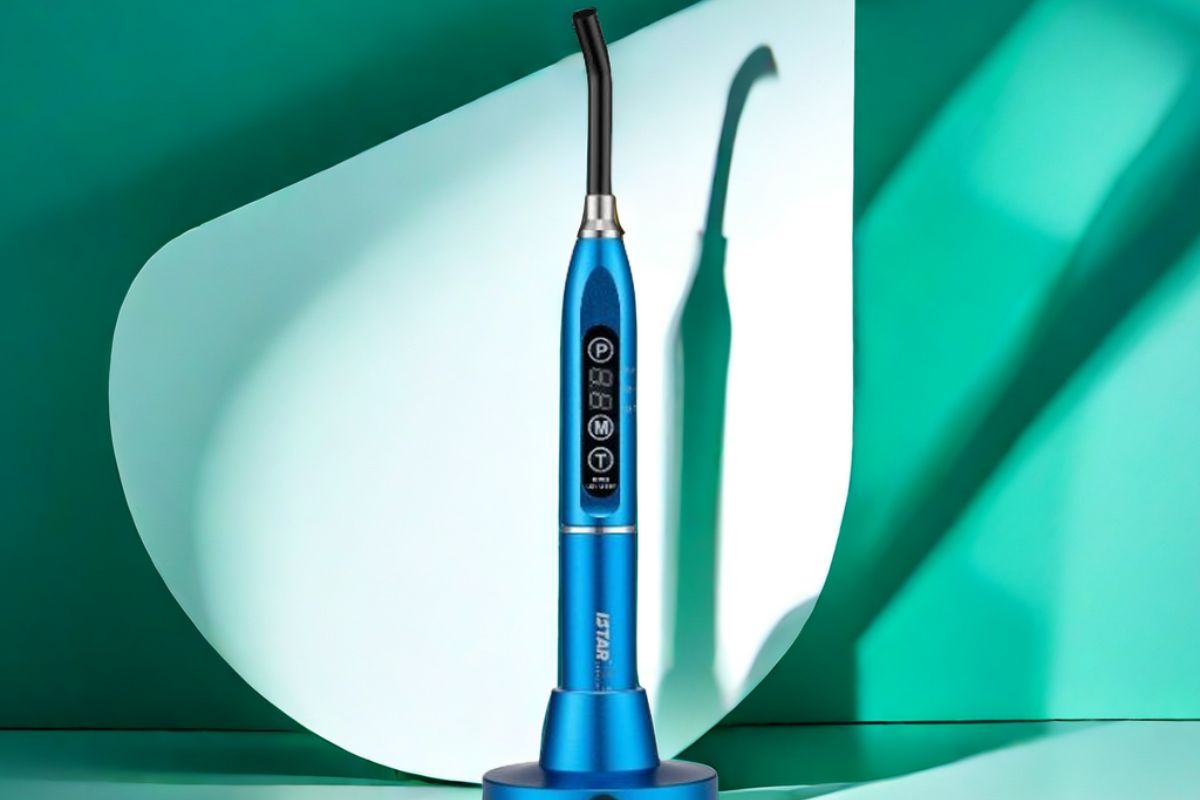
How Does LED Curing Light Work?
LED curing lights are controlled by electronic circuits to start, time and stop. There are three different working modes: rapid, pulse and progressive curing modes.
Under the irradiation of a led curing light dental, the photoinitiator in the resin material will absorb light source and generate free radicals. These free radicals will trigger a cross-linking reaction in the molecules in the resin material, thereby solidifying and hardening the resin material.
LED Curing Light Dental Wavelength
The wavelength emitted by dental LED curing light typically falls within the blue spectrum, ranging from approximately 440 to 490 nanometers (nm).
The most common wavelength used in dental led curing lamp is around 450 nanometers, as it is optimal for activating the photoinitiators in most light-cured dental materials.
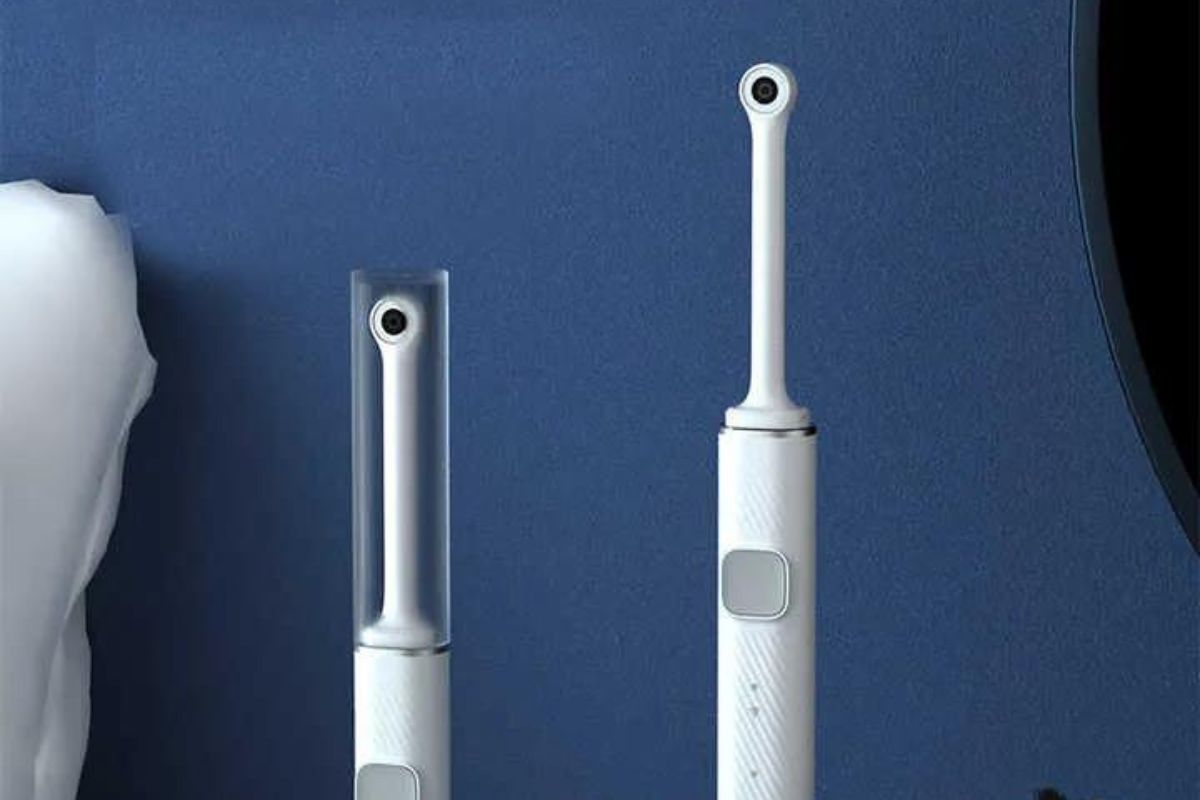
FAQ of LED Curing Light
Efficiency: LED curing light dental is highly efficient in polymerizing light-cured dental materials. LED dental curing light emit high-intensity light in the blue spectrum, typically around 450 nanometers (nm), which corresponds to the absorption spectrum of the photoinitiators present in dental materials. This targeted wavelength ensures rapid and thorough polymerization, resulting in durable and reliable restorations.
Versatility: LED light curing device is versatile tool that can be used for a wide range of dental procedures, including composite resin restorations, bonding procedures, sealant placement, cementation of restorations, and orthodontic bracket bonding.
Longevity: LED led light curing machine has a long lifespan compared to other types of curing lights such as halogen lights. LEDs are durable and resilient, with a relatively low heat output, reducing the risk of overheating and extending the lifespan of the device.
Energy Efficiency: Dental led curing light lamp consumes less energy than other types of curing lights, making them more environmentally friendly and cost-effective to operate. Dental led curing lamp produces minimal heat, reducing energy consumption and contributing to a comfortable working environment for clinicians and patients.
Portability: Many LED curing lights are lightweight, compact, and cordless, offering enhanced portability and maneuverability in the dental operatory.
When comparing LED curing light and UV curing light, particularly in the context of dental applications, several factors need to be considered, including efficiency, safety, and cost.
LED Curing Light
- Advantages:
- Efficiency and Speed: LED lights cure materials much faster than UV lights. This is due to the specific wavelength of light they emit, which is optimized for curing certain photoinitiators used in dental composites.
- Safety: LEDs emit light in a narrow spectrum, which reduces the potential for UV exposure, making them safer for both the user and the patient. This minimizes the risk of skin and eye damage.
- Energy Efficiency: LED lights consume less power and generate less heat compared to UV lights. This makes them more energy-efficient and comfortable to use for extended periods.
- Durability: LED bulbs typically have a longer lifespan than UV bulbs, often lasting thousands of hours without significant degradation in performance.
- Disadvantages:
- Cost: The initial cost of LED light curing unit is generally higher than that of UV lights. However, this can be offset by the longer lifespan and lower energy consumption of LEDs.
- Compatibility: Not all materials cure efficiently under LED lights. Some older materials might require a broader spectrum of light provided by UV lamps.
UV Curing Light
- Advantages:
- Broad Spectrum: UV lights emit a broad spectrum of wavelengths, making them compatible with a wider range of materials. This can be particularly important for older composites that were formulated for UV curing.
- Lower Initial Cost: UV curing lights are generally less expensive to purchase initially compared to LED lights.
- Disadvantages:
- Safety Concerns: UV lights emit ultraviolet radiation, which can be harmful with prolonged exposure. This increases the risk of skin damage and eye injuries, necessitating the use of protective measures.
- Slower Curing Time: UV lights typically take longer to cure materials than LED lights, which can be less efficient in busy dental clinics.
- Energy Consumption and Heat: UV lights consume more power and generate more heat than LED lights. This can make them less comfortable to use and can lead to higher energy costs.
Conclusion
For dental use, led light curing equipment is generally preferred due to their efficiency, safety, and quicker curing times. Dental led curing lamps are particularly effective with modern dental composites designed for LED curing. While curing led lights tend to offer more advantages in terms of efficiency, safety, and long-term cost savings, UV curing lights remain relevant for their broad spectrum compatibility and lower initial cost. The choice between the two will depend on the specific requirements of the application and the materials being used.
Yes, LED curing light is generally considered safe when used properly, especially in dental applications. Here are some key points regarding their safety:
Safety Features of LED Curing Lights
- Narrow Spectrum Emission: LED curing light emits light in a narrow wavelength range, typically around 400-500 nanometers, which is safer than the broad spectrum of UV light that includes potentially harmful UV-A and UV-B radiation
- Reduced Heat Generation: LED lights produce less heat compared to traditional UV lamps, reducing the risk of thermal damage to tissues and discomfort for patients during dental procedures
- Lower UV Exposure: Because LEDs emit minimal UV radiation, the risk of skin and eye damage from UV exposure is significantly reduced. This makes LED curing lights safer for both dental professionals and patients
- Faster Curing Times: The efficiency of LED curing lights means shorter exposure times, which minimizes any potential risks associated with prolonged light exposure.
Dental led curing light lamp is used for composite resin restoration, dental adhesive adhesion, sealant placement, orthodontic bracket adhesion, resin foundation pit filling filling, etc.
Any question?
If we still haven't answered your question, you can contact us below and we will get back to you as soon as possible.



